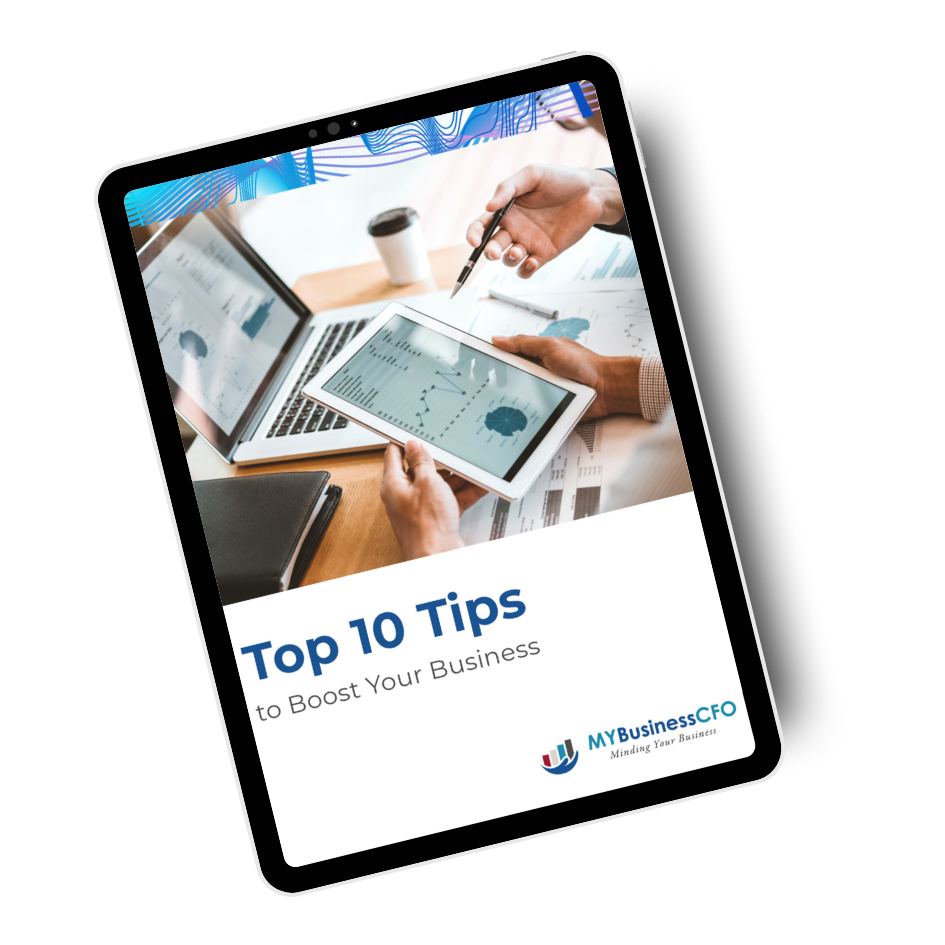Most businesses know what their Gross Margins are; either across the whole business or across main product categories. This is Sales minus direct costs, before overheads are deducted. However, it is interesting to know the Gross margins earned from each customer. You may be surprised by the results and may even want to re-align your pricing after all direct (and even indirect costs) are accounted for. Traditionally after the Gross margin is calculated, common overheads are allocated across customers based on traditional or well accepted allocation methods that range from revenue based, employee based or space based basis. But, wait a minute here! This tends to treat each class of activity the same across each customer and does not tell you that customer A had more needs resulting in more costs than customer B. This issue is exacerbated if B earns more revenue than A, but involved less activity. Therefore, traditional costing can lead to erroneous results quite unintentionally. To cure this, in the mid 1990’s activity based costing (ABC) was invented to first identify the underlying activity performed, in this case, for each customer by the traditional business functions of Marketing, Distribution, Administration and then each unit of this activity is priced, resulting in a cost driver. This emphasizes the amount of activity it took for each customer and then allocated costs based on this. The results can be quite revealing compared to traditional costing methods.
Any firm should start with the traditional methods to glean an insight. ABC can become very involved and complicated. At this point, identify some key drivers and work out the cost drivers and ABC. Compare the two to understand how the change can be interpreted to affect your dealings with this customer. Pricing, contract negotiation terms may need to be reviewed.

MSNCFO Work Experience
MSNCFO provides many opportunities to intermediate accounting students. Throughout my 3.5 years of working with the company, I was able to improve my existing skills,





